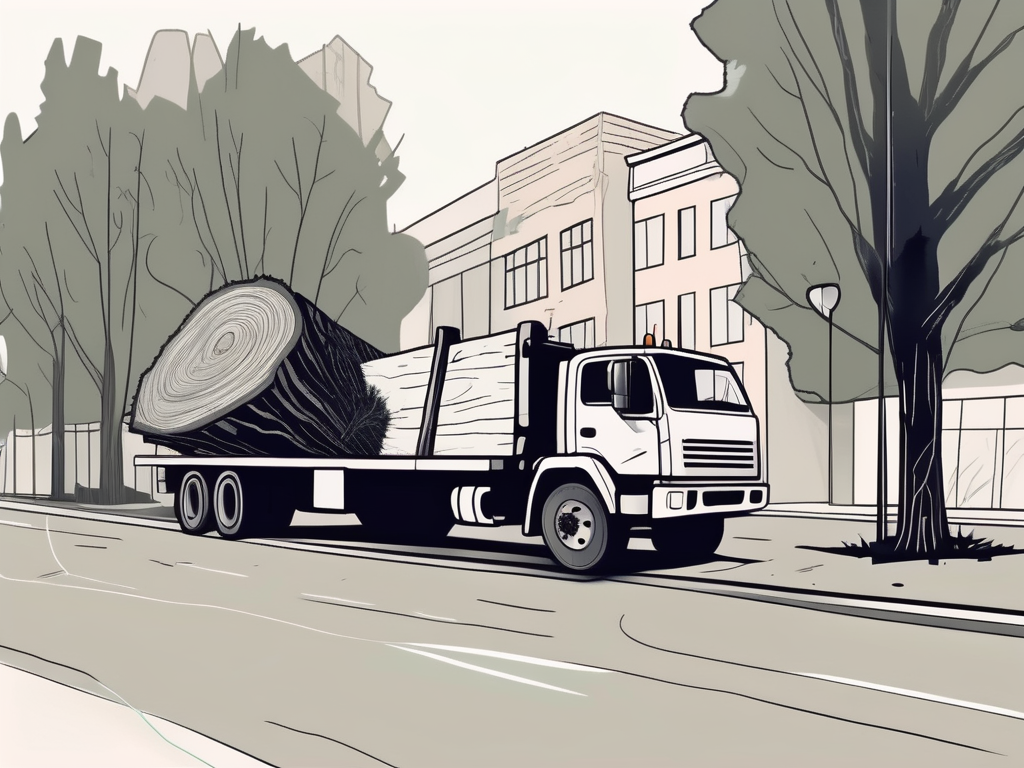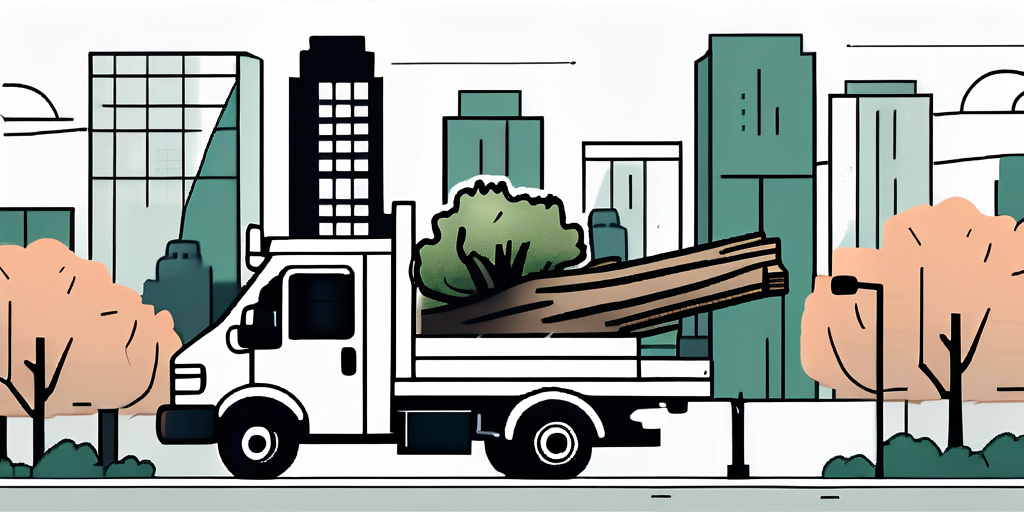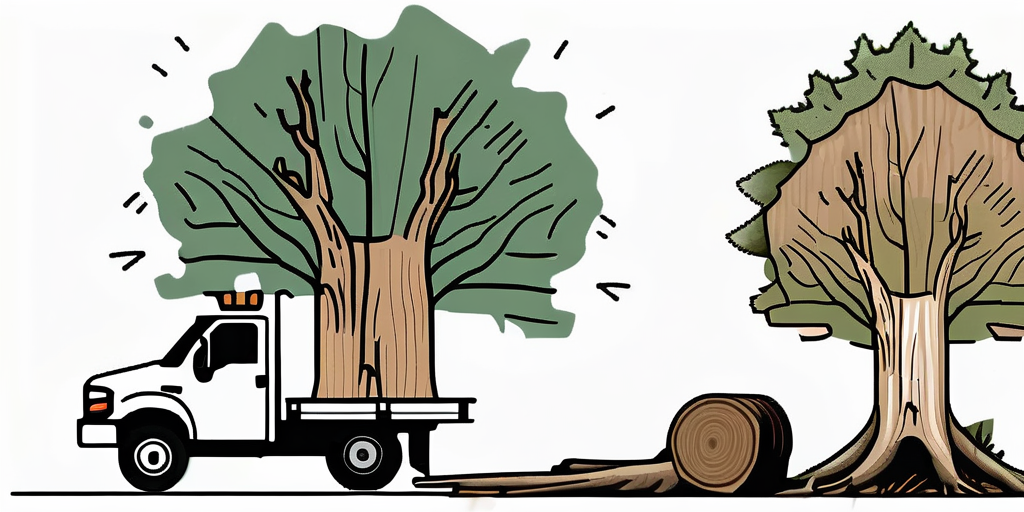Does the City Remove Trees

does the city remove trees
The question of whether or not the city removes trees is one that many homeowners and property managers find themselves asking. The answer is not always straightforward, as it can depend on a variety of factors, including the location of the tree, its health, and the potential risk it poses to public safety. In this comprehensive guide, we will explore all aspects of this topic, providing you with the information you need to understand the city's role in tree removal.
Understanding the City's Role in Tree Removal
The city often has a vested interest in maintaining the health and aesthetics of its urban forest. Trees contribute to the quality of life in a city, providing shade, improving air quality, and enhancing the visual appeal of neighborhoods. Therefore, the city typically has policies in place to manage and protect these valuable resources.

However, the city's role in tree removal can vary depending on the specific circumstances. In some cases, the city may be responsible for removing trees that are located on public property or within the city's right-of-way. In other cases, the responsibility may fall on the property owner. Understanding these distinctions is crucial when dealing with tree-related issues.
Public Property and Right-of-Way
When a tree is located on public property, such as a park or a street, the city is typically responsible for its maintenance and removal if necessary. This also applies to trees within the city's right-of-way, which often includes the area between the sidewalk and the street.
However, the city usually only removes trees that are dead, diseased, or pose a risk to public safety. For example, if a tree has been damaged in a storm and is at risk of falling, the city may step in to remove it. Similarly, if a tree is infested with pests or disease, the city may remove it to prevent the spread to other trees.
Private Property
When a tree is located on private property, the responsibility for its maintenance and removal typically falls on the property owner. The city usually does not intervene unless the tree poses a risk to public safety or infringes on the city's right-of-way.
However, some cities have tree preservation ordinances that restrict the removal of certain trees on private property. These ordinances often require property owners to obtain a permit before removing a tree, especially if it is of a certain size or species.
When to Contact a Professional
Whether a tree is on public or private property, there may be times when it is necessary to contact a professional for assistance. This is especially true if the tree is large, diseased, or poses a risk to property or safety.

One such professional is 770-Tree-Guy, a certified arborist who can assess the health of a tree and recommend the best course of action. They can also safely and efficiently remove a tree if necessary, reducing the risk of damage to property or injury to individuals.
Tree Care Advice
Proper tree care can help prevent the need for removal. Regular pruning can help maintain a tree's health and appearance, while also reducing the risk of falling branches. It's also important to monitor trees for signs of disease or pest infestation, as early detection can often prevent further damage.
However, tree care can be complex and often requires a professional touch. 770-Tree-Guy can provide expert advice and services to help keep your trees healthy and beautiful.
Summary
- The city's role in tree removal depends on the location of the tree and its condition.
- Trees on public property or within the city's right-of-way are typically the city's responsibility.
- Property owners are usually responsible for trees on their property, but may need a permit to remove certain trees.
- Professional services like 770-Tree-Guy can provide expert advice and assistance with tree care and removal.
In conclusion, the city does remove trees, but the specifics can vary depending on a variety of factors. Understanding these factors can help you navigate the process and ensure the health and safety of your trees.

